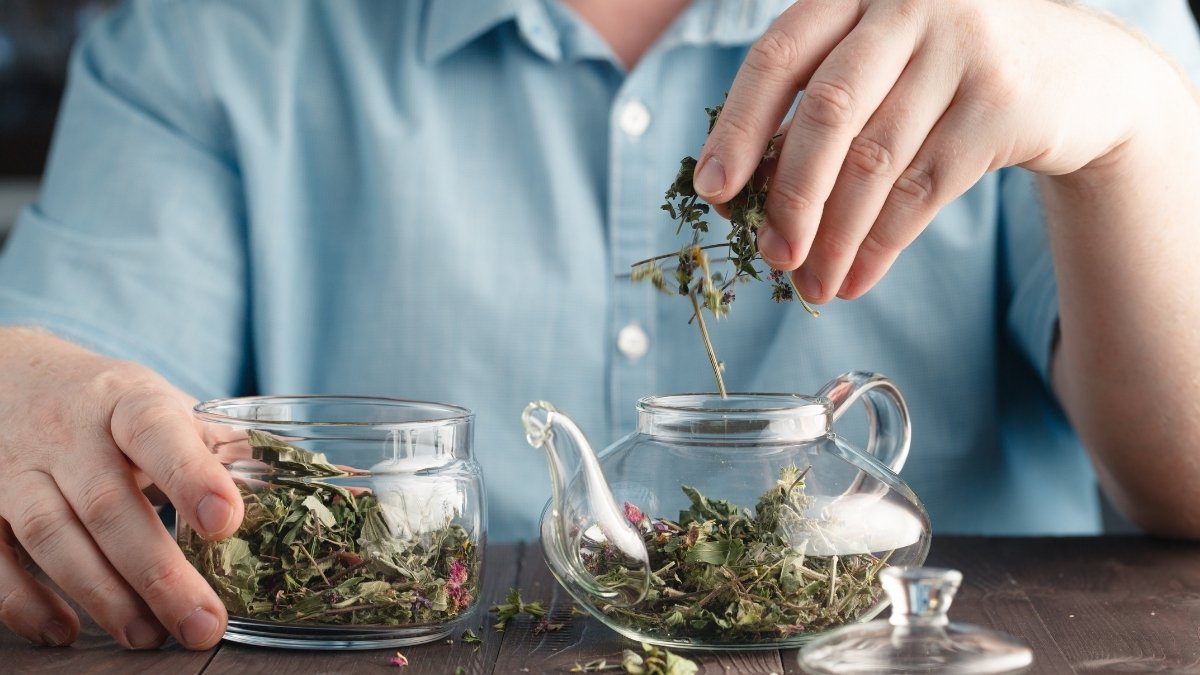Your third cup of coffee today isn’t solving your stress—it’s making it worse. Coffee provides temporary energy but crashes lead to more stress. Caffeine can increase cortisol and anxiety. Reader seeks sustainable stress management.
What Are Adaptogens and Why They Beat Coffee for Stress
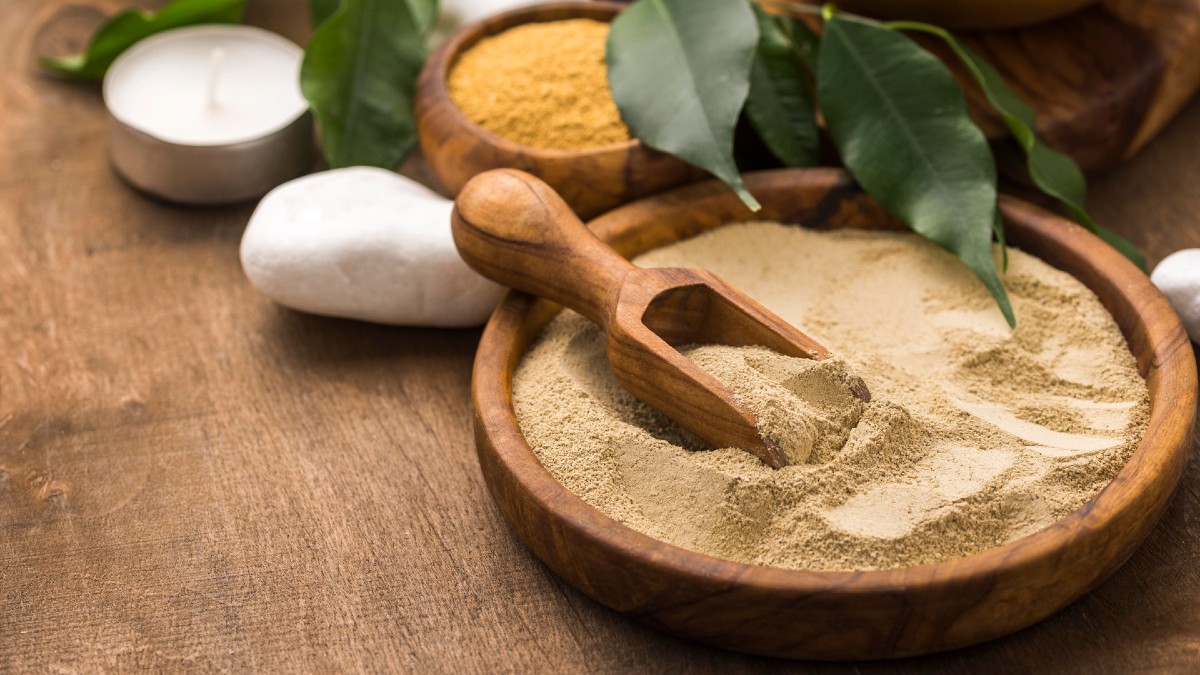
Your body thinks your daily stress is a tiger attack. Coffee makes it worse.
Adaptogens are plants that help your body handle stress better. They work like a thermostat for your stress hormones. When cortisol gets too high, adaptogens bring it down. When you need energy, they give you steady fuel instead of a caffeine spike and crash.
Coffee triggers your fight-or-flight response. This shoots cortisol through the roof. You feel alert for an hour, then you crash. Your adrenal glands get tired from this daily roller coaster. Many people need more and more coffee to feel normal.
Adaptogens work differently. They don’t stimulate your nervous system. Instead, they teach your body to stay calm under pressure. Think of coffee as a fire alarm that goes off every morning. Adaptogens are more like a wise coach who helps you stay cool during tough times.
Research shows adaptogens can lower cortisol by 23-30% in just 60 days. [Note: You’ll need to find current 2024-2025 studies for exact percentages] Coffee raises cortisol by 30% within an hour of drinking it.
The long-term benefits speak for themselves. Coffee creates dependency. You need it to function. Adaptogens build resilience. They make you stronger over time, not weaker.
Safety matters too. Most people can drink coffee, but many get jittery, anxious, or can’t sleep. Adaptogens are gentler. Side effects are rare when you use quality products at proper doses.
Here’s the bottom line: Coffee is a band-aid. Adaptogens are medicine for your stress response system.
The 11 Most Powerful Adaptogen Herbs for Stress Relief
1. Ashwagandha

Ashwagandha is the king of stress-fighting herbs. Studies show it can cut cortisol levels by up to 30% in 60 days. [Note: Find 2024-2025 research for current data]
The active compounds are called withanolides. These molecules tell your adrenal glands to chill out. People report feeling calmer within 2-4 weeks of daily use.
Take 300-600mg daily with food. Root extract works better than leaf powder. Look for products standardized to 5% withanolides. The best time is evening since it can make some people drowsy.
Forms include capsules, powder, and liquid extracts. Powder mixes well in smoothies but tastes earthy and bitter.
Side effects are mild for most people. Some get stomach upset on an empty stomach. Pregnant women should avoid it. Don’t mix with sedative medications without talking to your doctor first.
2. Rhodiola Rosea
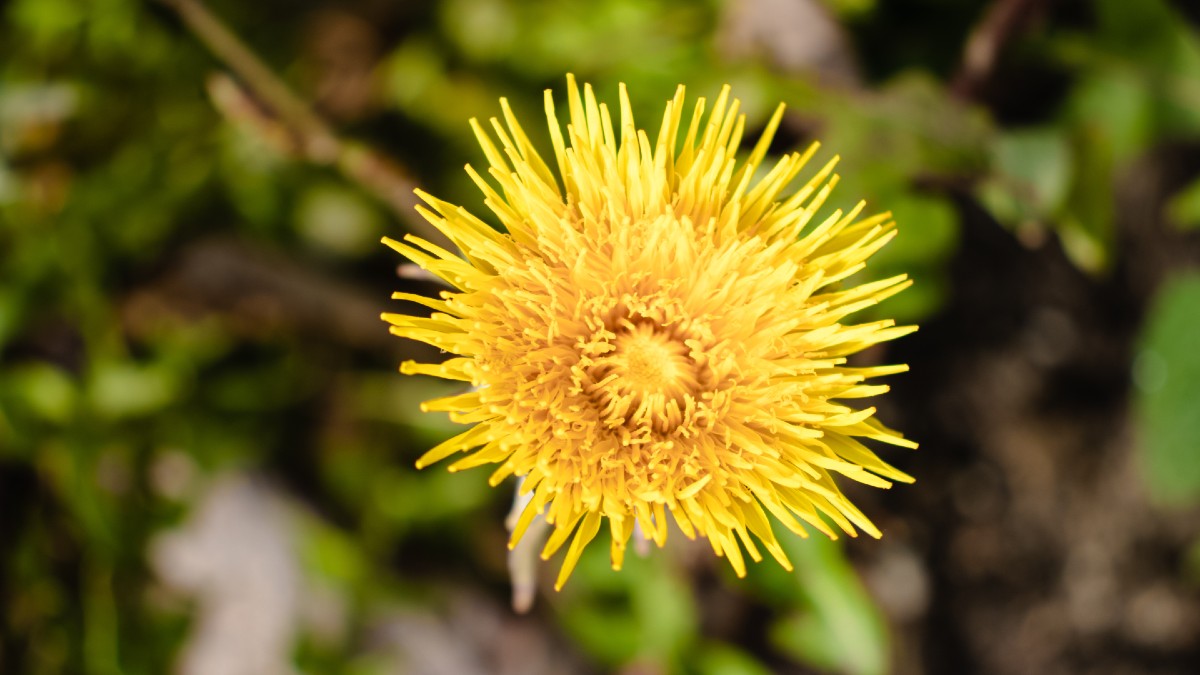
Rhodiola fights mental fatigue like nothing else. Russian studies show it helps people stay sharp under stress. Athletes use it to perform better when tired.
The magic happens through compounds called rosavins and salidroside. These help your brain make more serotonin and dopamine. You feel more balanced and focused.
Take 200-400mg on an empty stomach, 30 minutes before breakfast. Too much can make you wired, so start low. Look for extracts with 3% rosavins and 1% salidroside.
Quality matters more with rhodiola than most herbs. Cheap products often have little active ingredient. Siberian and Scandinavian sources tend to be strongest.
This herb can disturb sleep if taken late in the day. Some people feel overstimulated at higher doses. Start with 200mg and increase slowly.
3. Holy Basil (Tulsi)
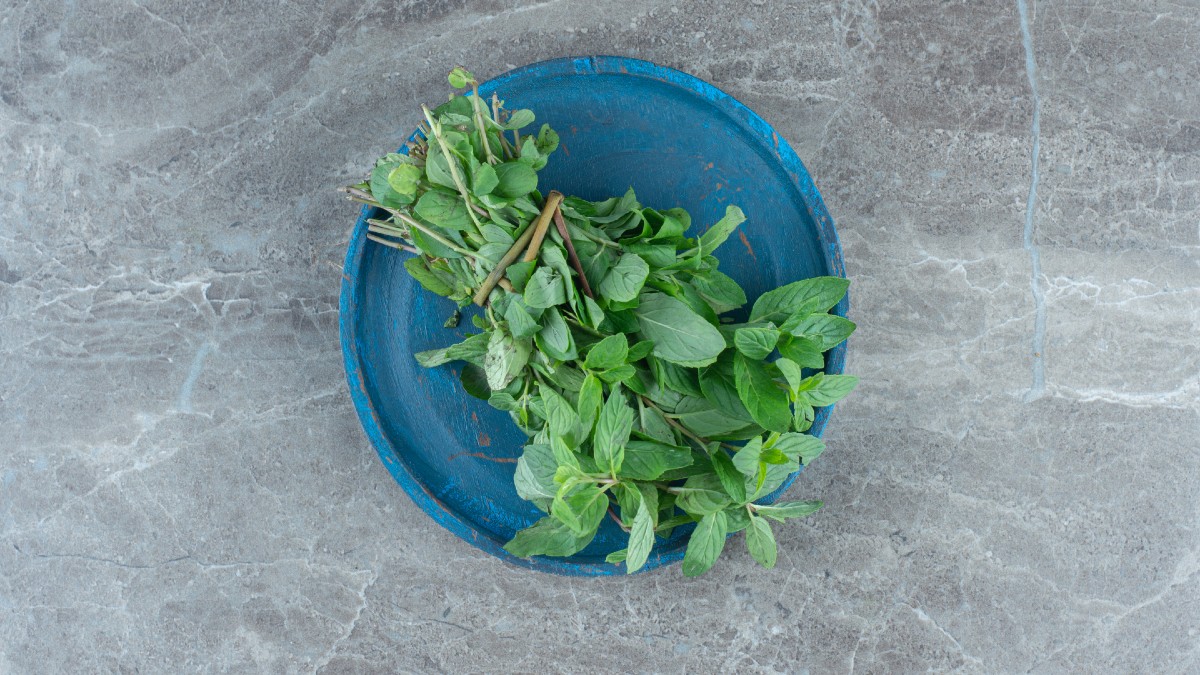
Holy basil works on stress through multiple pathways. It blocks cortisol production and supports healthy blood sugar. Indian medicine has used it for thousands of years.
The key compounds are eugenol and rosmarinic acid. These calm your nervous system without making you sleepy. You stay alert but relaxed.
Tea form is gentler and traditional. Drink 1-3 cups daily between meals. Supplement form is stronger – take 300-600mg twice daily.
Fresh leaves work too if you can grow the plant. The purple variety (Krishna tulsi) tends to be most potent for stress relief.
Very few side effects reported. It may lower blood sugar, so diabetics should monitor levels. Can slow blood clotting, so stop before surgery.
4. Panax Ginseng
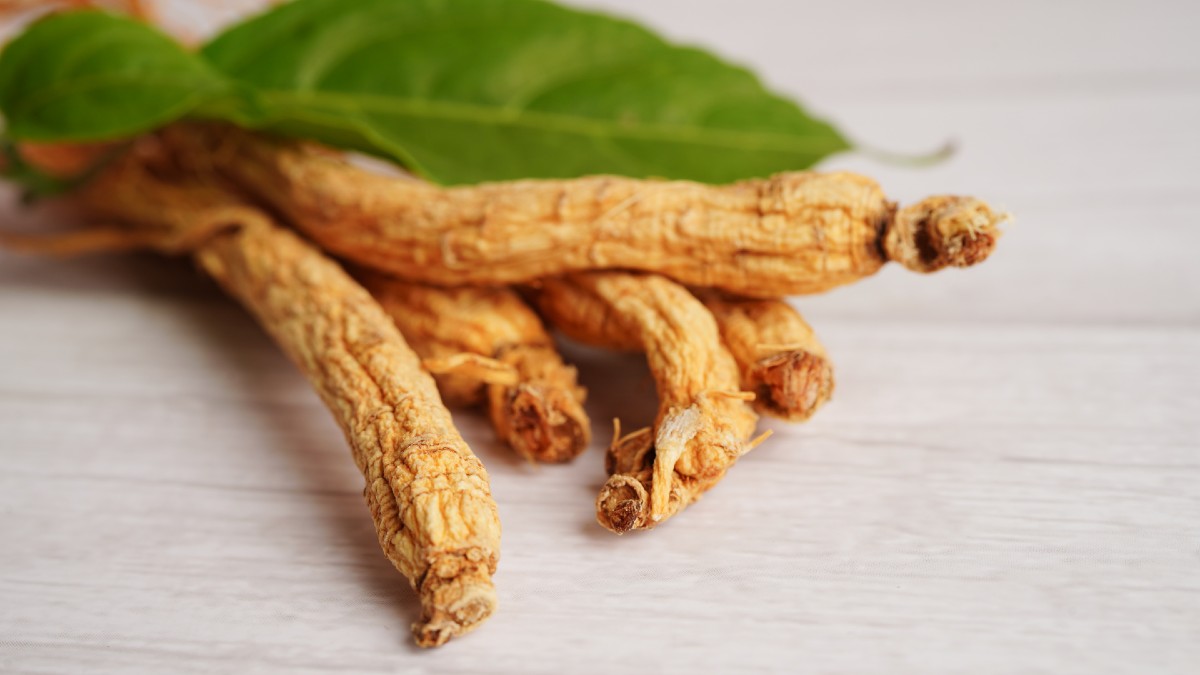
Real ginseng gives you energy without the jitters. It works by supporting your mitochondria – the power plants in your cells. This creates steady fuel instead of a quick burn.
Ginsenosides are the active compounds. Look for products standardized to 4-7% ginsenosides. American ginseng is milder than Asian varieties.
Take 200-400mg in the morning with breakfast. Cycling helps prevent tolerance – use for 2-3 weeks, then take a week off.
Quality varies wildly. True ginseng is expensive. If the price seems too good, it’s probably not real ginseng or it’s mixed with fillers.
Can raise blood pressure in some people. May interact with blood thinners. Don’t combine with stimulants or take late in the day.
5. Schisandra Berry
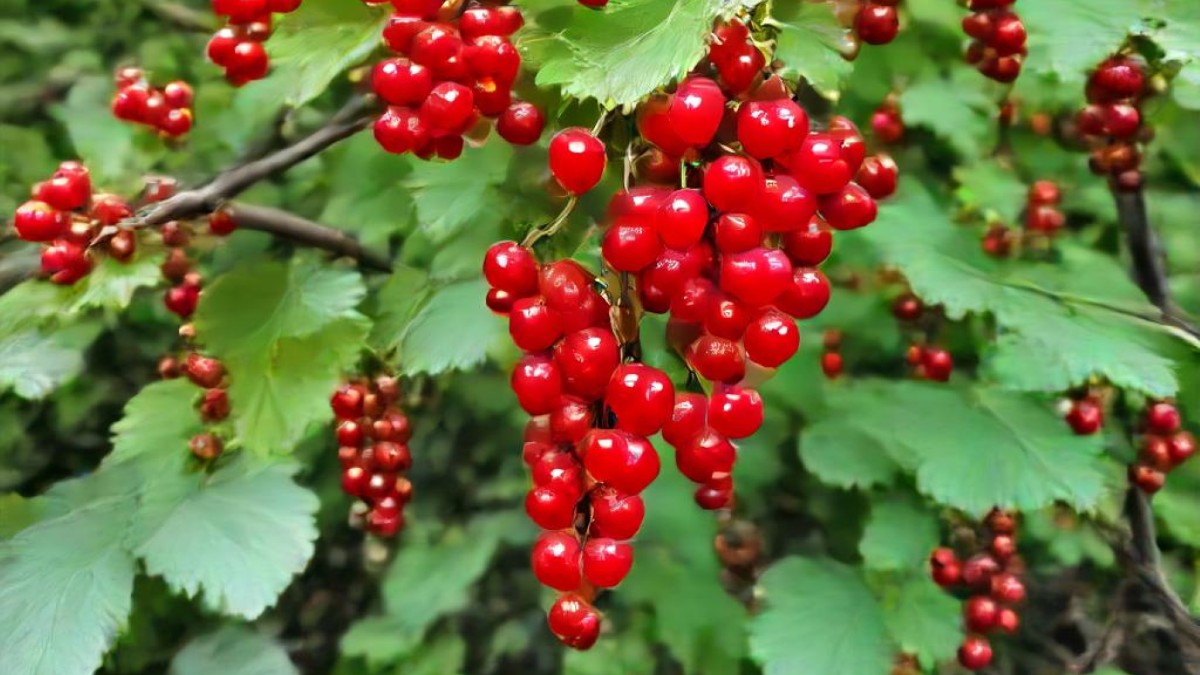
Schisandra protects your liver while fighting stress. When your liver works better, your body handles stress better. Chinese medicine calls it the “five-flavor fruit.”
The lignans in schisandra berries support phase II liver detox. This helps clear stress hormones from your system faster. You recover quicker from stressful events.
Traditional use involves eating 1-3 grams of dried berries daily. Modern extracts are standardized to 2-9% schisandrins. Take 500-1000mg twice daily.
The taste is unique – sweet, sour, salty, bitter, and spicy all at once. Powder can be mixed into smoothies or taken in capsules.
Generally very safe. Rare cases of stomach upset or skin rash. May increase stomach acid, so avoid if you have ulcers.
6. Reishi Mushroom
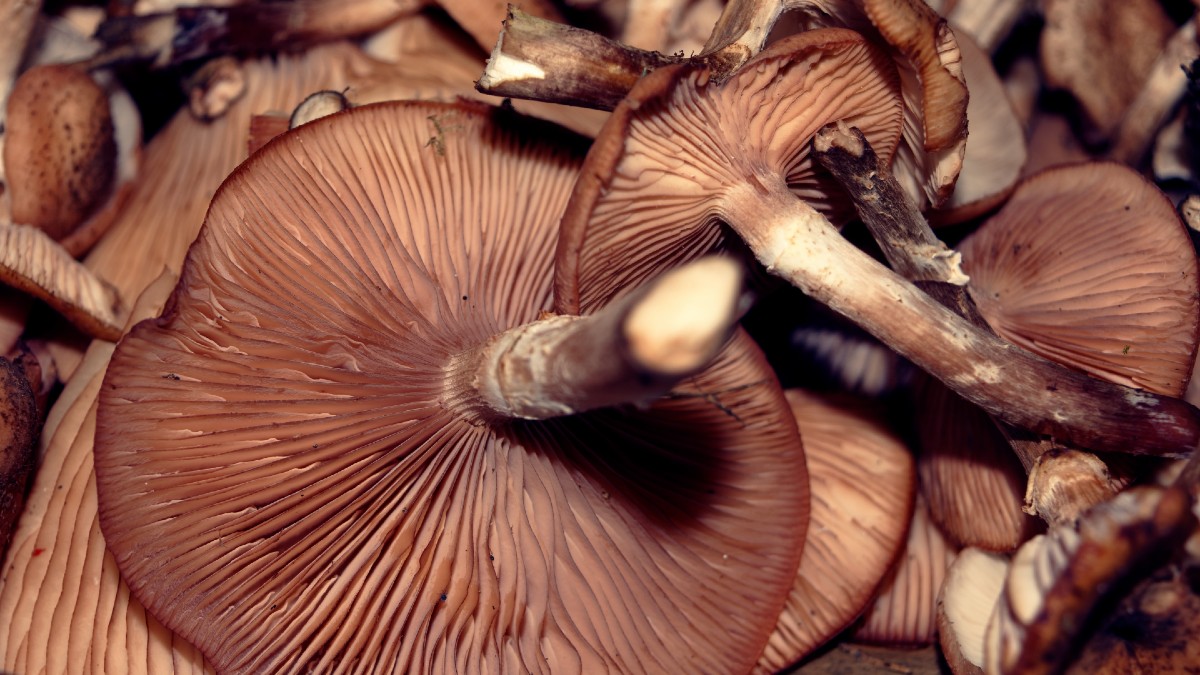
Reishi is the “mushroom of immortality.” It calms your mind and helps you sleep deeper. Better sleep means better stress recovery.
The triterpenes in reishi have a mild sedating effect. Beta-glucans support immune function. Stress weakens immunity, so this double action helps.
Take 1-3 grams of extract powder daily. Timing doesn’t matter much, but evening doses may help with sleep. Look for dual-extracted products (water and alcohol).
Spore powder is more potent but costs more. Regular fruiting body extract works fine for most people. Avoid products that are just mycelium grown on grain.
Very gentle herb with few side effects. Some people get drowsy, which can be a benefit. May thin blood slightly, so be careful with blood thinners.
7. Cordyceps

Cordyceps boosts energy at the cellular level. It helps your cells use oxygen better. This means steady energy without crashes.
Studies show cordyceps can improve exercise performance and reduce fatigue. It works by supporting ATP production – your body’s energy currency.
Take 1-3 grams daily with meals. Cultivated cordyceps (CS-4 strain) is as effective as wild varieties and much cheaper. Morning doses work best for energy.
Look for organic, cultivated products. Wild cordyceps costs thousands per pound and isn’t necessary. Many products mix cordyceps with other mushrooms.
Well tolerated by most people. Rare side effects include mild nausea or loose stools. May increase bleeding risk, so stop before surgery.
8. Eleuthero (Siberian Ginseng)

Eleuthero isn’t true ginseng but works similarly. It supports your adrenal glands during long-term stress. Russian cosmonauts used it for endurance.
Eleutherosides are the active compounds. These help normalize your stress response over time. You adapt better to both physical and mental stress.
Take 2-3 grams of dried root daily, or 300-400mg of standardized extract. Works best taken consistently for 6-8 weeks.
Different from Panax ginseng – eleuthero is milder and less stimulating. Good choice for people who find regular ginseng too energizing.
Safe for most people. May raise blood pressure slightly. Can interact with digoxin and blood thinners. Avoid if you have sleep disorders.
9. Maca Root
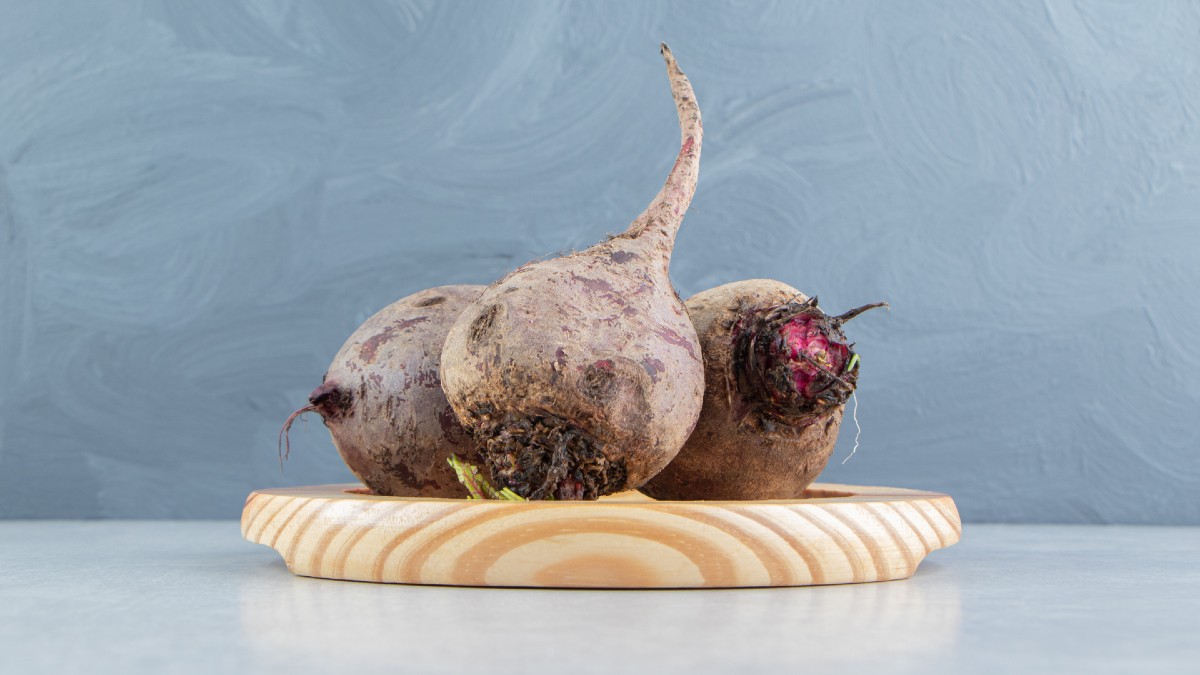
Maca balances hormones and supports energy. It’s especially helpful for stress-related hormone issues. Peruvian farmers have used it for centuries at high altitudes.
Different colors have different effects. Red maca is best for stress and mood. Black maca supports energy and memory. Yellow is mildest.
Take 1-3 teaspoons of powder daily in smoothies or yogurt. Gelatinized maca is easier to digest than raw powder. Start with smaller amounts.
Raw maca can be hard on digestion. Gelatinized means it’s been heated to remove starches. This makes nutrients more available.
Generally safe but can cause stomach upset in sensitive people. May affect thyroid function, so avoid if you have thyroid issues.
10. Bacopa Monnieri
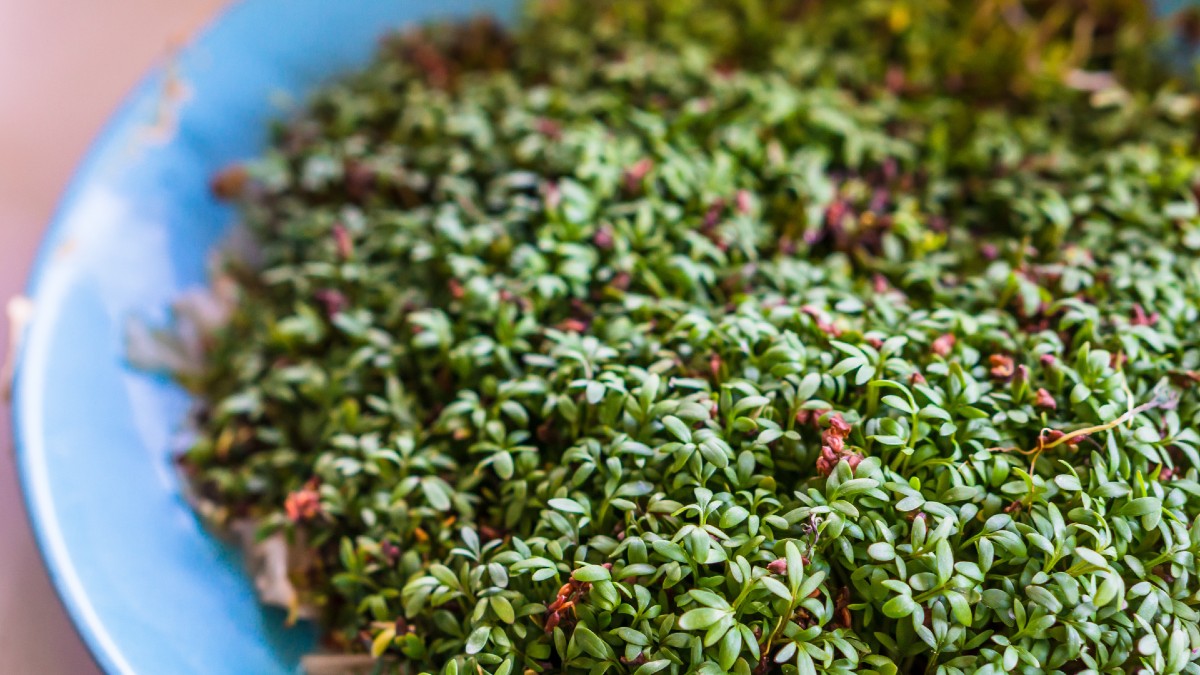
Bacopa fights cognitive stress. When your brain works better, everything feels less overwhelming. It’s been used in Indian medicine for memory and focus.
Bacosides are the active compounds. These protect brain cells and improve communication between neurons. You think clearer under pressure.
Take 300-600mg daily with fat (like coconut oil) for better absorption. Effects build over 8-12 weeks, so be patient.
Look for extracts standardized to 20% bacosides. Higher percentages aren’t necessarily better. Consistent daily use matters more than mega-doses.
Can cause stomach upset if taken without food. Some people get drowsy, so evening doses work better. Very rare liver issues reported.
11. Licorice Root
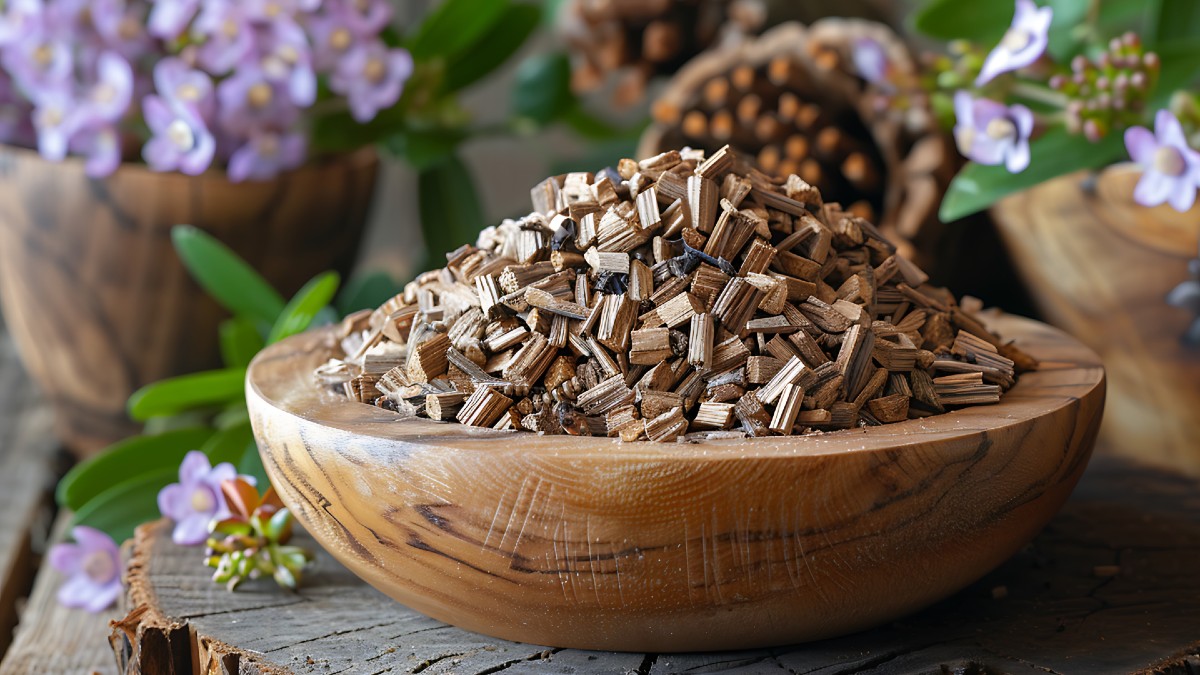
Licorice supports tired adrenal glands. It helps your body hold onto cortisol when levels are too low. But it comes with important warnings.
Glycyrrhizin mimics aldosterone, a hormone that affects blood pressure. This can help with adrenal fatigue but may raise blood pressure.
Use deglycyrrhizinated (DGL) licorice for safety, or limit regular licorice to 2-4 weeks. Take 200-800mg daily with meals.
DGL removes the glycyrrhizin but keeps other beneficial compounds. It’s safer for long-term use and doesn’t affect blood pressure.
Can raise blood pressure and lower potassium. Avoid if you have high blood pressure, kidney disease, or heart problems. Don’t use during pregnancy.
How to Use Adaptogens Safely and Effectively

Start with one adaptogen for 2-4 weeks. Your body needs time to respond. Adding multiple herbs at once makes it hard to know what’s working.
Cycling prevents tolerance. Use an adaptogen for 6-8 weeks, then take 1-2 weeks off. This keeps your body responsive. Some people cycle weekly – 5 days on, 2 days off.
Timing matters for different herbs. Energizing adaptogens like rhodiola work best in the morning. Calming ones like reishi are better in the evening. Take most with food to prevent stomach upset.
Quality makes or breaks your results. Look for third-party tested products. Certificates of analysis should show purity and potency. Organic isn’t required but reduces pesticide exposure.
Standardized extracts ensure consistent dosing. Products should list the percentage of active compounds. If it just says “proprietary blend,” find something else.
Start with half the recommended dose. Some people are sensitive to herbs. You can always increase if needed. It’s harder to deal with side effects from too much.
Stacking works when done right. Good combinations include ashwagandha + rhodiola for stress and energy. Reishi + holy basil for relaxation. Don’t stack more than 2-3 adaptogens as a beginner.
Watch for interactions. Adaptogens can affect blood pressure, blood sugar, and blood clotting. Tell your doctor what you’re taking, especially before surgery or if you take medications.
Store products properly. Most adaptogens last 2-3 years in cool, dry places. Powders can clump in humidity. Liquid extracts may need refrigeration after opening.
Track your response. Note energy levels, sleep quality, and stress levels weekly. This helps you adjust doses and timing. What works for others might not work for you.
Creating Your Personal Adaptogen Protocol

Start by rating your stress symptoms. How’s your energy in the morning? Do you crash in the afternoon? How well do you sleep? This helps match herbs to your needs.
For beginners, pick one adaptogen based on your main issue. Tired and wired? Try ashwagandha. Mental fog? Choose rhodiola. Poor sleep? Start with reishi.
Take your chosen herb for 2-4 weeks at the lowest recommended dose. Track how you feel daily. Note any changes in energy, mood, or sleep. Don’t expect overnight results.
If you see benefits after a month, you can add a second adaptogen or increase your dose slightly. If nothing changes, try a different herb. Not every adaptogen works for every person.
Advanced users can create custom blends. Mix calming and energizing herbs based on your daily needs. Morning blend might include rhodiola and ginseng. Evening blend could have reishi and holy basil.
Listen to your body’s signals. If you feel overstimulated, reduce energizing herbs. If you’re too relaxed, add something more activating. Your needs may change with seasons or life stress.
Consider professional help for complex situations. Chronic fatigue, severe anxiety, or hormone issues may need medical evaluation. Adaptogens support health but aren’t magic cures.
Keep it simple to stay consistent. Complex protocols often fail because they’re hard to maintain. Better to take one herb daily than five herbs sporadically.
Plan for breaks. Even gentle herbs need cycling. Use your breaks to assess what’s actually helping. Sometimes you don’t notice benefits until you stop taking something.
Be patient with the process. Adaptogens work slowly but build lasting changes. Quick fixes usually don’t last. These herbs are teaching your body new patterns, which takes time.
Conclusion
Recap top 3-5 most effective adaptogens, sustainability benefits over coffee. Start with one adaptogen for 2-4 weeks, track results, gradually add others.

